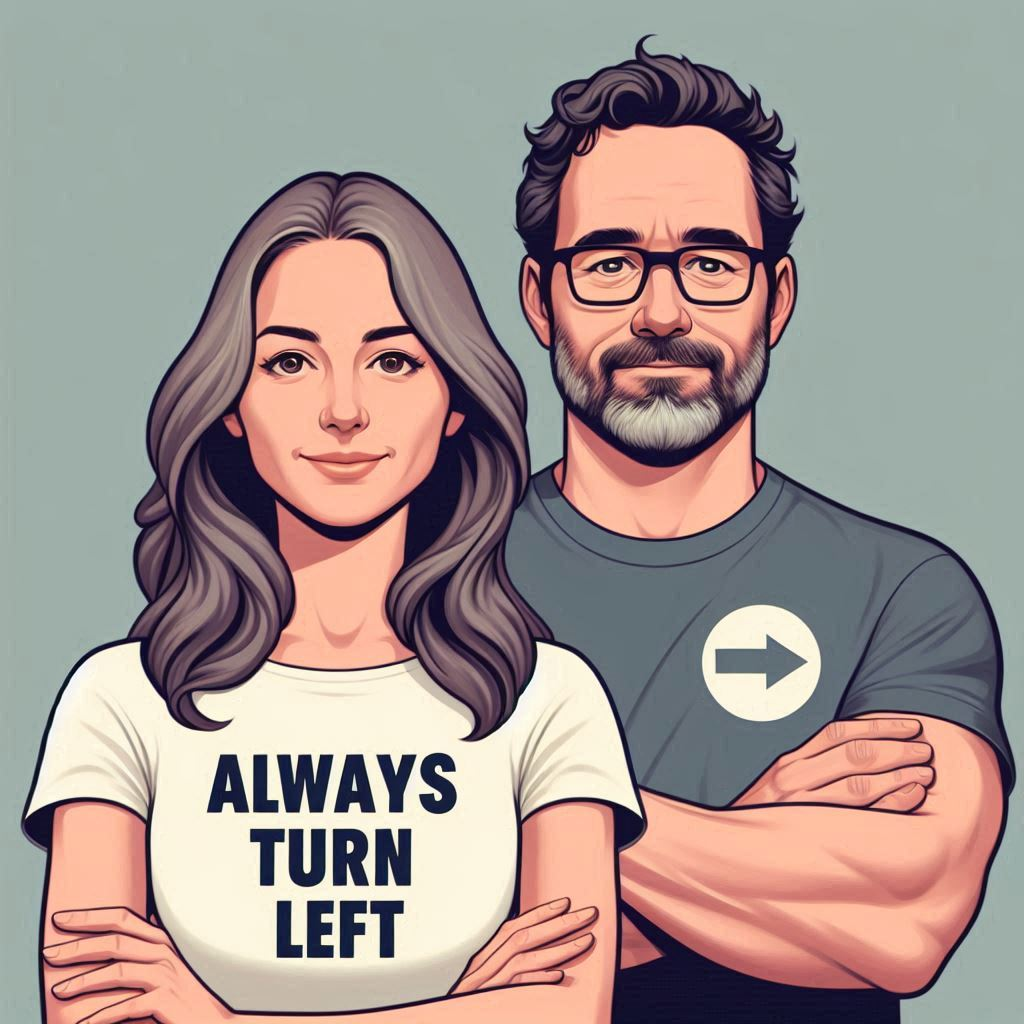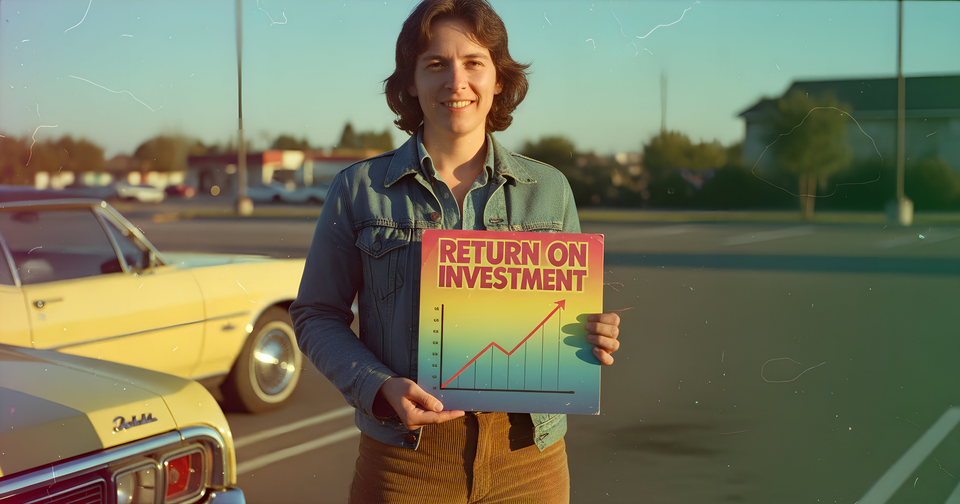The $250,000 Oversight: Why Most Businesses miss 8% of Their Points Every Year
A Denver agency spent $250,000 last year and thought they were crushing their rewards game. Turns out, they were donating $20,000 in free travel back to the banks. One wrong card per category (ads, SaaS, travel) and 8% of their spend vanished in plain sight.


If You Only Had 60 Seconds to Read This Article
| Click Here 🤏🏻
We get to work with so many business owners who think they’re earning points efficiently - until the numbers say otherwise.
One of our clients - a Denver-based creative agency spent $250,000 last year on ads, software, travel, and client expenses, all on one 2x “business rewards” card.
They thought they were optimizing. They were leaking 8% of total value - roughly $20,000 a year - in misaligned categories and low-yield redemptions.
When we audited their spend, we found a classic earn gap: ad spend earning 1x instead of 4x, software earning 1x instead of 3x, and travel points trapped in a portal worth barely 1.25¢ each.
We rebuilt their structure: Amex Gold for ads, Chase Ink for SaaS, Venture X for travel. Their return jumped from 1.48% to 9.2%, same dollars, same effort.
That shift turned “rewards” into ROI. Their first redemption under the new setup: six business-class seats to New York for a client pitch. Out-of-pocket: $71 in taxes and fees. The client win paid for itself - literally.
Most small businesses aren’t losing cash; they’re losing yield.
The 8% earn gap is the quietest inefficiency in modern business finance - and the easiest one to fix. Optimize earn, align redemption, and treat points like profit, not perks.
Everything else you need to know is just below 👇🏻
🎞️: Powered by NotebookLM @ UpNonStop
The Illusion of “Doing Fine”
“Yeah, we get points,” the founder said. “We put everything on our card.”
It’s the sentence we hear most often. And it’s always the same tone - a mix of pride and vague uncertainty, like someone describing their 401(k) without knowing what fund it’s in.
Our particular agency, based in Denver, billed itself as a lean, efficient operation: 6 employees + $250,000 a year in recurring expenses. They were meticulous about budgets, ruthless about software costs, and proud of paying every bill on time. They thought they were nailing the finance game.
They weren’t.
Because buried inside that same discipline - that instinct to keep things simple - was a six-figure inefficiency.
The Audit That Changed Everything
Here’s how the numbers looked when we first met them:
- $90,000 in digital ad spend (Google, Meta, LinkedIn)
- $60,000 in SaaS and subscriptions (Adobe, Slack, HubSpot, Zoom)
- $50,000 in travel (airfare, hotels, client visits)
- $50,000 in client entertainment, meals, and general business ops
All of it - every single charge - sat on a single “2x everywhere” business credit card.
That simplicity cost them 8% in potential yield.
Their real return, after fees and redemption inefficiency, was 1.48%. Not bad in isolation. But the opportunity cost? $18,000 to $20,000 in lost annual value - equivalent to a fully comped business-class trip for two to Europe, or two months of payroll for a junior account manager.
The banks don’t advertise this math. Because it’s where they make their margin.
The Earn Gap
Every business has what we call an earn gap: the difference between what they could be earning from their spend versus what they actually earn.
It’s invisible in QuickBooks. Hidden in the same spreadsheet column as rent and utilities. But it’s very real - and it compounds like interest.
When we restructured their setup, it looked like this:
- Amex Gold → Ad spend (4x up to $150K/year)
- Chase Ink Preferred → SaaS and travel (3x)
- Capital One Venture X → General business (2x flat, but flexible transfer partners)
We then mapped those currencies (Amex MR, Chase UR, Capital One Miles) to complementary transfer ecosystems. That part is crucial. It’s not just about earning more; it’s about earning in currencies that convert together.
The result: 9.2% annualized return on spend.
$22,950 in redeemable value. Without increasing spend by a cent.
Complexity vs. Return
Here’s the paradox: the more complex your spending environment, the simpler your credit setup feels. SMBs consolidate because they want control. But consolidation kills yield.
Single-card strategies are tidy, but they flatten your earning structure. You end up earning “safe” points that rarely translate into premium travel or high-value redemptions.
In the Denver agency’s case, their flat-rate card earned transferable points - but only at 2x - and their redemption pattern was equally weak: domestic coach tickets through the portal, averaging 1.25¢ per point.
We redesigned their redemption side as well. Now:
- Chase → United and Hyatt
- Amex → Air Canada Aeroplan and ANA
- Capital One → Turkish and Singapore KrisFlyer
Their travel patterns didn’t change. Their outcomes did. Business class domestic for client travel. First class to conferences. Hotel suites at Hyatt Centric instead of Courtyard. The perceived “luxury” was just math - a derivative of efficiency.
How the 8% Happens
Let’s quantify the oversight.
- Misaligned spend: 4.5% loss
- Unoptimized redemption: 2.3% loss
- Annual fee vs. category yield mismatch: 1.2% loss
That’s your 8%.
And across $250,000 in annual spend, it’s worth $20,000. Across five years, $100,000.
No budget cuts, no new revenue - just reclaimed yield from an area most businesses never measure.
The Broader Problem
Across hundreds of businesses, we see the same pattern:
- 70% use one or two cards for all spend
- 60% redeem through portals or gift cards
- Less than 10% plan redemptions 90+ days ahead
This isn’t negligence. It’s bandwidth. The same founder who’s reviewing P&Ls at midnight doesn’t have time to build an optimized earning matrix. But the market punishes simplicity - and the banks design it that way.
The average business is basically underwriting the travel of the ones who optimize.
Treating Points Like Profit
When we show a client their earn gap in dollar terms, the reaction is universal disbelief. “Wait, we could be earning how much?”
But it’s not free money. It’s yield on disciplined behavior. You already did the work - you just didn’t collect the return.
At UpNonStop, we treat points like an asset class. Every category of spend has a rate of return, and every point currency has a future use value. The closer those align, the higher your effective yield.
Once our Denver client saw their “points ROI” jump from 1.4% to 9.2%, they stopped calling them rewards. They called them returns.
The System Scales
The same framework works for companies spending $100K or $10M.
- Start with a category map (where each dollar actually goes).
- Assign the highest-yield earn partner per category.
- Match each currency to a use case (team travel, client trips, incentive events).
- Track yield quarterly, like a profit metric.
When you do that, you stop thinking like a consumer - and start acting like a CFO.
What They Earned Back
The Denver agency’s first redemption post-restructure said it all.
Six roundtrip business-class seats to New York for a client pitch.
Points value: $11,200.
Out-of-pocket: $71 in taxes & fees.
They won the client. And the points paid for the trip that landed the account.
That’s not luck. That’s structured efficiency.
The Takeaway
Every business has a points P&L - they just haven’t written it down yet.
The difference between 1.5% and 9% isn’t theoretical. It’s the line between “we travel when we have to” and “we travel how we want to.”
If you’re spending six figures and still swiping one card for everything, you’re playing defense. The banks thank you for your loyalty.
We don’t.
We build systems that earn like strategy, not convenience.
Because 8% of your spend isn’t a rounding error - it’s your next first-class flight.




